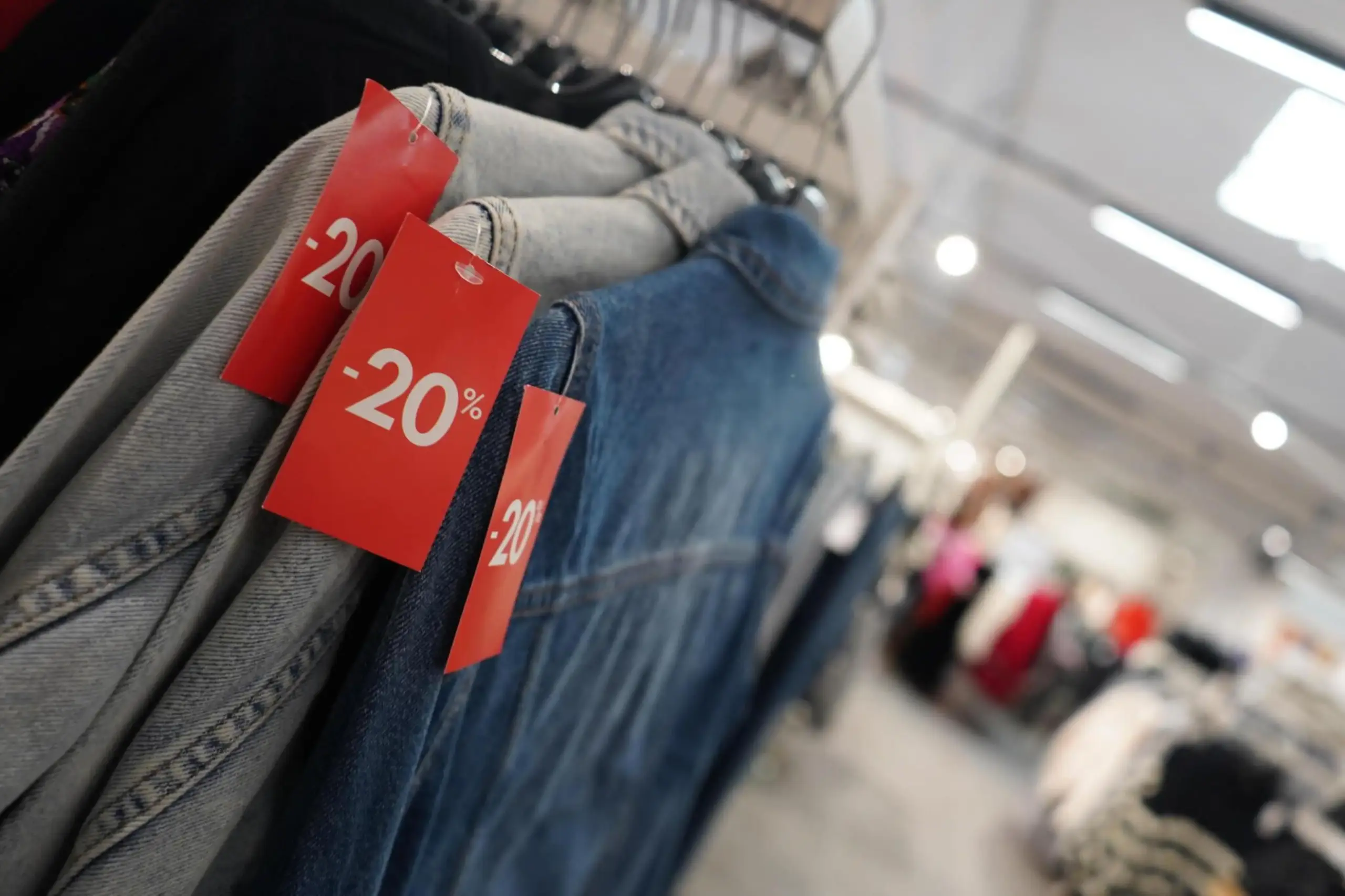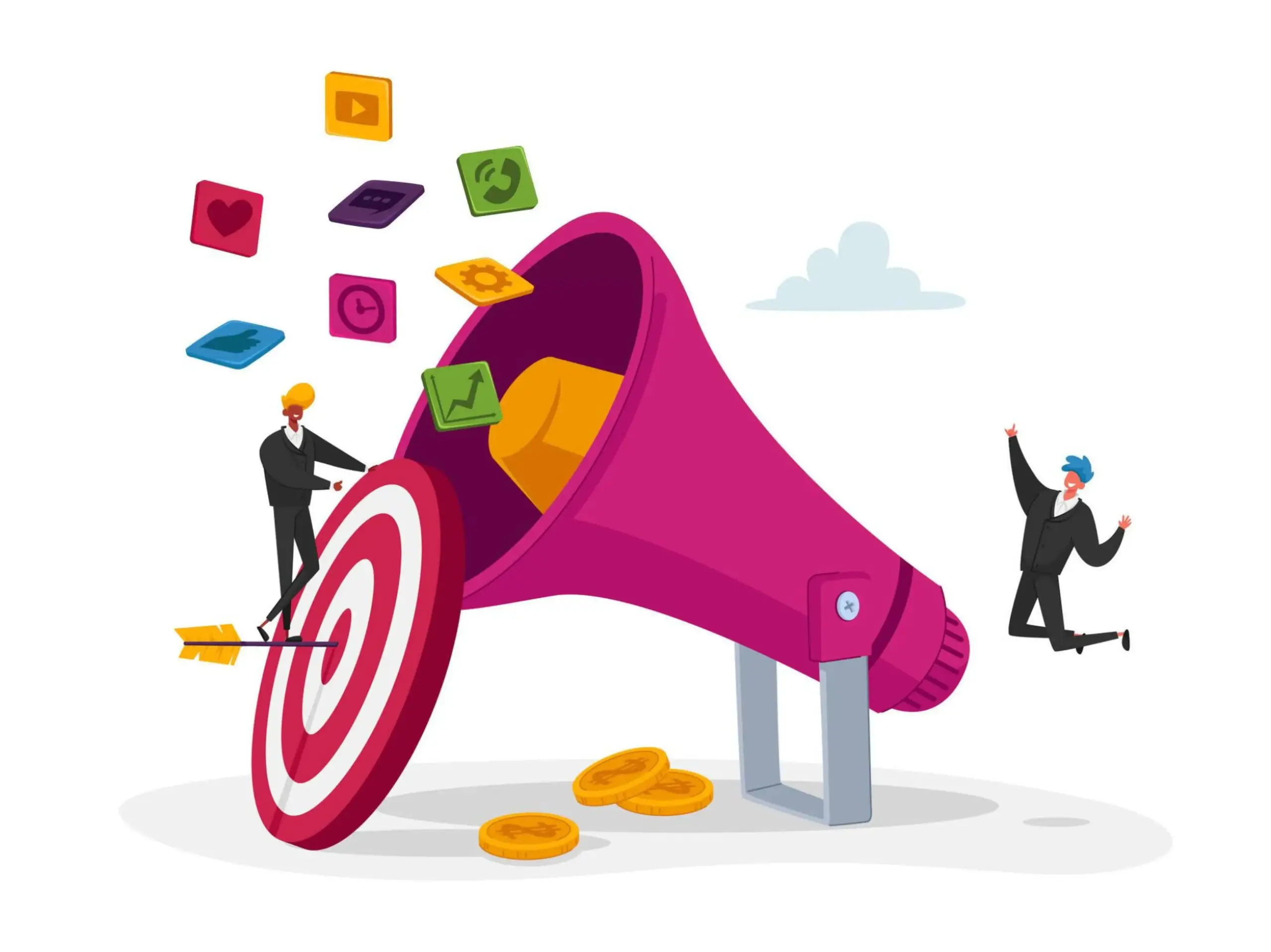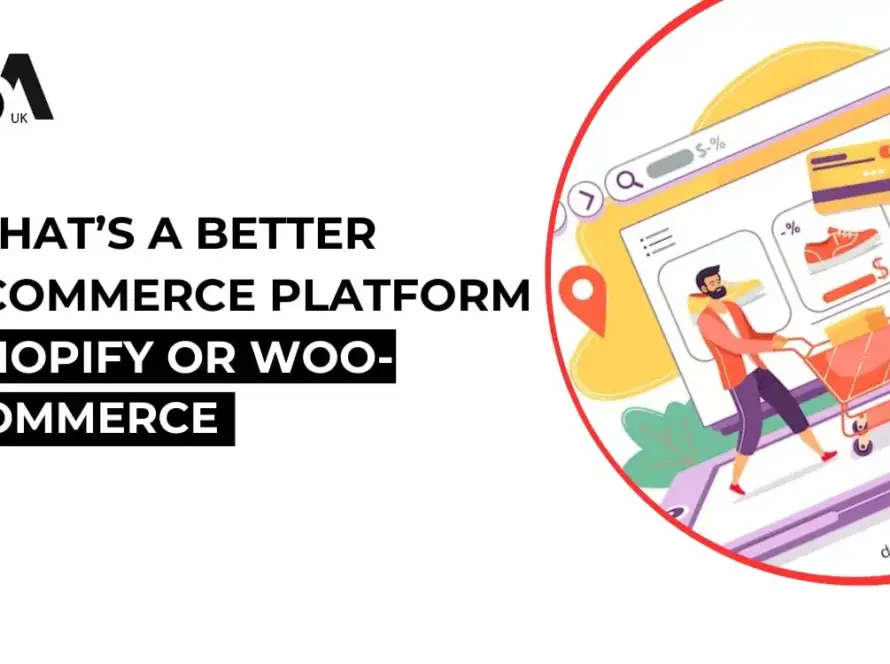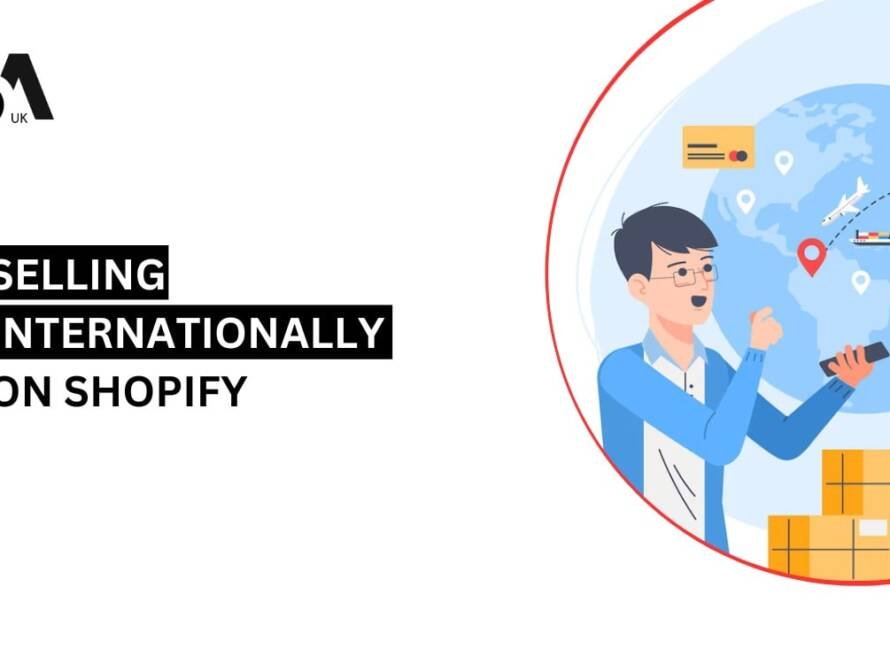How to Prepare for Black Friday 2024 – Shopify Black Friday Guide
Black Friday is the biggest shopping day of the year. In 2024, it falls on November 29th. Black Friday offers shoppers deep discounts on products across all categories both online and in physical retail stores.
For e-commerce businesses, Shopify Black Friday Guide represents a huge opportunity for sales. However, it also comes with major challenges around inventory management, staffing, and logistics. Proper planning and preparation are required to make the most of Black Friday without getting overwhelmed.
This comprehensive guide will walk you through everything e-commerce merchants need to know to get ready for Black Friday 2024.
Elevate your strategy with this Shopify black Friday guide
Whether you’re a seasoned entrepreneur or just starting in e-commerce, this guide offers invaluable insight and tips for making the most of all that the Shopify Black Friday Guide has to offer in terms of sales success. From drawing up promotions to handling your inventory and getting marketing campaigns just right, these strategies are specially tailored for merchants of Shopify.
With so much expert advice and established techniques available at your disposal, you can confidently approach Shopify Black Friday 2024 and make the most of your online store.
Why Black Friday Matters for E-commerce
Black Friday has become an increasingly important sales channel for e-commerce businesses over the past decade. Here’s why it deserves your attention:
- Huge spike in site traffic – Online shopping activity surges on Black Friday, driving significantly more traffic to e-commerce stores. Shopify merchants see 2-3x more visits on Black Friday compared to an average day.
- Big opportunity for sales – The high-traffic day creates a prime opportunity to boost sales. Online revenue on Black Friday has grown by over 20% annually over the last 5 years.
- Kickoff to the holiday season – Black Friday marks the starting gun for the holiday shopping season. A successful Black Friday can help carry momentum through Christmas and the end of the year.
- Brand awareness – Running promotions and marketing campaigns around Black Friday also provide an opportunity to increase brand visibility and acquire new customers.
Simply put, Black Friday is a day e-commerce businesses cannot afford to ignore or take lightly. Proper planning and execution are required to translate the surge in traffic into your biggest sales day of the year.

Black Friday 2024: Key Dates and Deadlines
Here are the key dates and deadlines to be aware of for Black Friday 2024 as an e-commerce merchant:
- October 1 – Start planning your Black Friday promotions and marketing campaigns.
- October 15 – Have your Black Friday promotional plan finalized. Coordinate with vendors and suppliers.
- November 1 – Launch early Black Friday promotions like countdown deals. Start teasing promotions on marketing channels.
- November 15 – Confirm inventory levels and quantities for top-selling items. Schedule any extra staffing.
- November 29 – Black Friday 2024. All hands on deck. Monitor sales, traffic, and operations closely.
- December 1 – Kickoff Cyber Monday promotions to keep momentum going through the weekend.
- December 15 – Last day for holiday shipping deadlines to get orders delivered before Christmas.
Planning backward from the Shopify Black Friday Guide will help you execute all the necessary preparations in time for the big day.
Black Friday E-commerce Strategy
Executing a successful Black Friday requires an effective promotional strategy tailored to e-commerce. Here are some key elements to factor into your Black Friday plan:
1. Competitive Research
Analyze Black Friday promotions run by competitors and other players in your industry. What types of discounts did they offer? How deeply were products discounted? What drove the most sales? Understanding historical norms and trends will help guide your discounting strategy.
You can monitor competitor pricing using tools like Pricesearcher. Example findings could reveal:
- The average industry-wide discount in your category is 25-30% off.
- Top-selling electronics see 40-50% off discounts on Black Friday.
- Competitors offer site-wide discounts versus specific SKU discounts.
Factor competitive intelligence into the development of your promotions.
2. Planning Your Promotions
With a baseline for industry trends, map out the exact promotional mechanics you will use for Black Friday:
- Site-wide discount or specific SKUs? Offer a blanket site-wide discount code or run targeted promotions on your top products.
- Duration of promotions? Run for the entire day or shorter time windows to create urgency.
- Tiered promotions? Offer increasing discounts as purchase values increase, e.g. 25% off $100+, 30% off $150+.
- Bundled promotions? Offer discounts when multiple items are purchased together.
- Include free shipping? Absorb shipping costs to offer “free” shipping with minimum purchase.
Outline the exact parameters for the promotions you plan to run. Coordinating these mechanics also requires supply chain preparation (see inventory section next).
3. Inventory Management
Carefully analyze your inventory stocks and availability leading up to the Shopify Black Friday Guide. You want to ensure you have sufficient quantities of your top-selling items to meet the potential demand spikes.
- Forecast demand for top SKUs based on previous Black Friday sales data or current sales trajectories.
- Factor in additional buffer stock of 10-20% on top products.
- Place inventory replenishment orders with suppliers early to account for lead times.
- Set up inventory tracking to monitor availability in real-time during promotions.
Avoid losing out on potential sales by stocking out of your hottest items. Proactively manage inventory ahead of promotions going live.
4. Staffing & Operations
The surge in orders on Black Friday also requires evaluating your operations to prevent bottlenecks:
- Review staffing for order fulfillment and customer service. Schedule extra hands or temporary workers.
- Check that packing stations, shipping carriers, and other logistics are equipped for higher order volumes.
- Enable automated handling like chatbots where possible to manage increased inquiries.
- Set up real-time sales monitoring and alerts to monitor any issues.
- Throttle marketing initiatives during promotions to regulate order intake volume if needed.
Smoothing operations for fulfillment, support, and delivery ensures you can handle the spike in Black Friday activity.
5. Marketing & Promotions
Driving traffic to your eCommerce store starts ramping up in the weeks ahead of Black Friday:
- Launch early access or countdown promotions in November to build urgency.
- Share sneak peeks of upcoming promotions on social media.
- Create email campaigns that hint at upcoming discounts.
- Run retargeting ads across digital channels to previous site visitors.
When Black Friday arrives, pull out all the stops with marketing:
- Send dedicated email promotions and push notifications to all customers.
- Update sites and apps with Black Friday messaging and banners.
- Buy paid ads on Facebook, Instagram, and Google to maximize exposure.
- Keep urgency high with countdown timers and inventory alerts on landing pages.
Balancing early teases with aggressive Black Friday marketing helps maximize sales.

FAQ
Here are some frequently asked questions e-commerce merchants have about preparing for Black Friday:
When should I start planning for Black Friday 2024?
Start planning at least 8 weeks, around the beginning of October. This gives you time to analyze previous performance, set budgets, coordinate with vendors, and prepare promotions and marketing assets.
What percentage discount is typical on Black Friday?
Discounts vary based on product category, but average discounts range from 25-40% off. Electronics and other holiday gift items often see the deepest discounts of up to 60% off.
How much inventory should I stock for Black Friday?
Forecast demand for your top-selling items and stock 20% above that level. Shortages in hot products lead to missed sales. With proper planning, you can avoid stockouts.
Should I offer site-wide discounts or specific SKU promotions?
A mixed approach works best. Run a blanket site-wide discount to incentivize all purchases along with deeper SKU-specific discounts on top-selling items.
Is it better to run promotions for the full day or shorter windows?
Shorter time windows, like 8-hour promotions, create more urgency to buy and can lead to greater conversion rates. However, longer durations allow customers more flexibility to participate. Evaluate previous performance and experiment across different windows.
How much extra staff should I budget for Black Friday?
Increase fulfillment teams by 25-50% over normal levels to account for the increase in orders. Also, expand customer service teams to manage higher inquiry volumes.
When should Black Friday marketing and promotions begin?
Start teasing promotions and deals about 2 weeks prior. Have all marketing campaigns and assets ready to launch in the first week of November to build anticipation.
Conclusion
Black Friday 2024 represents a huge opportunity for e-commerce businesses to drive major sales. But it requires thorough preparation across promotions, inventory, operations, marketing, and more. By planning and executing these best practices, merchants can fully capitalize on the lucrative holiday shopping season.
The keys are setting objectives early, analyzing your historical data, understanding competitive dynamics, preparing inventory, optimizing marketing, and smoothing operations. With the right Black Friday game plan tailored to your business, you can achieve record sales during the busiest shopping season.



